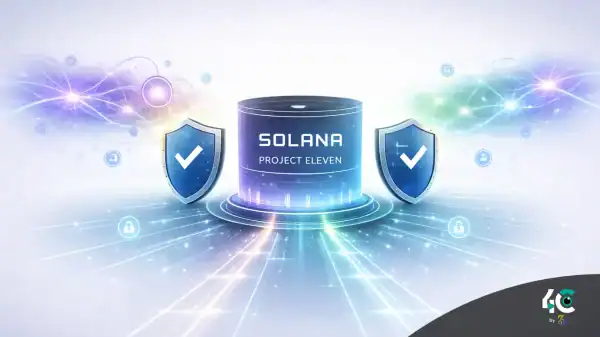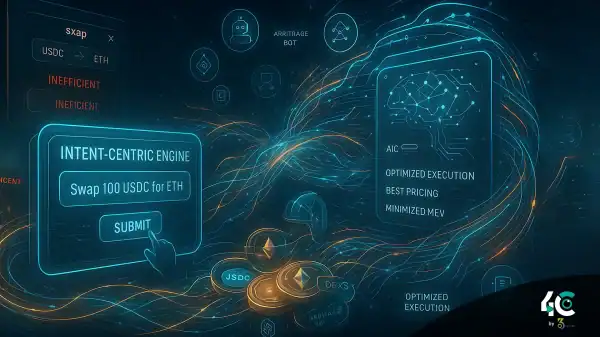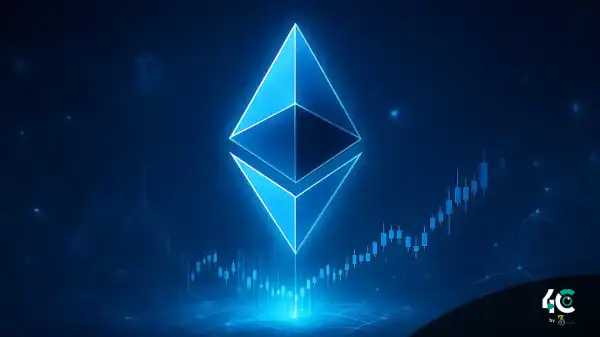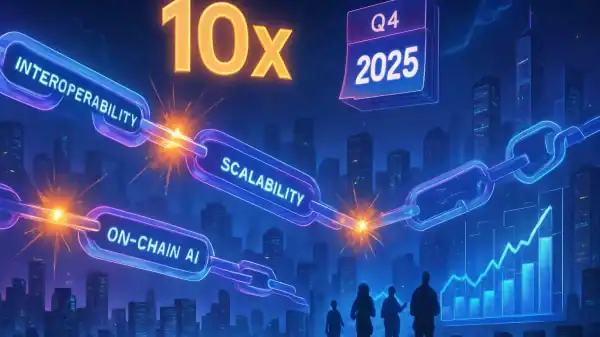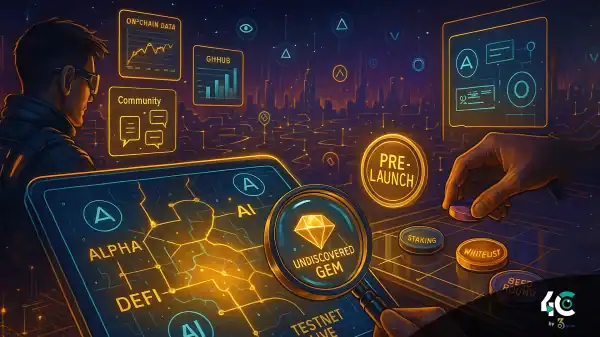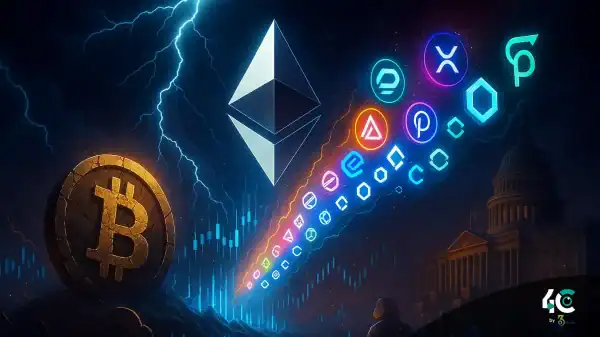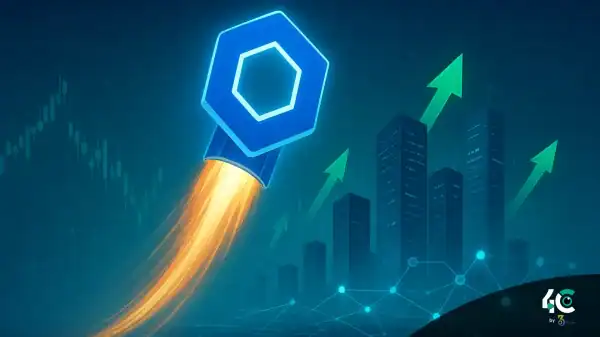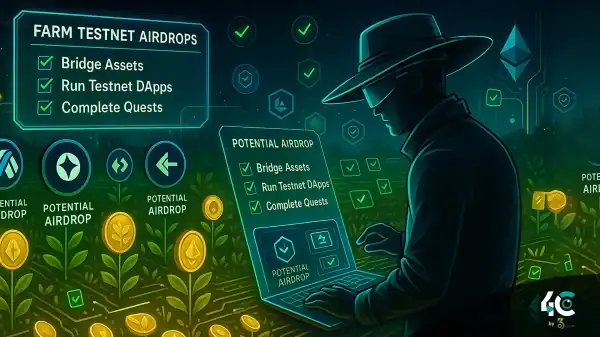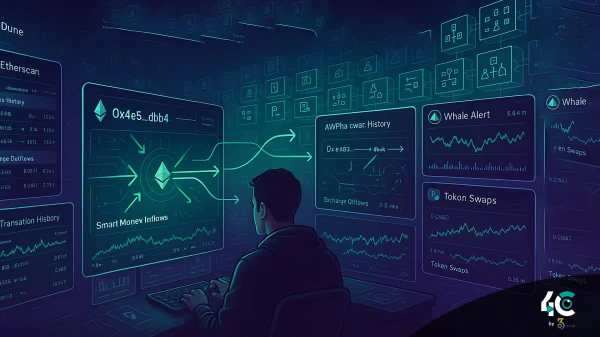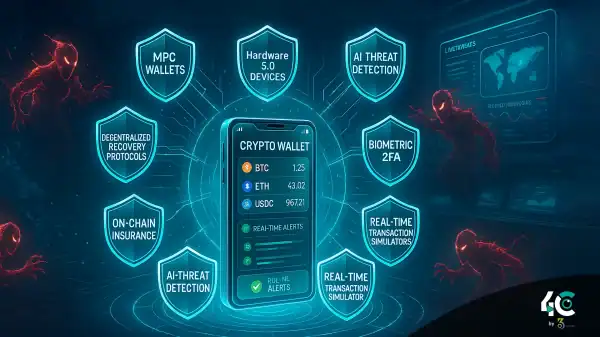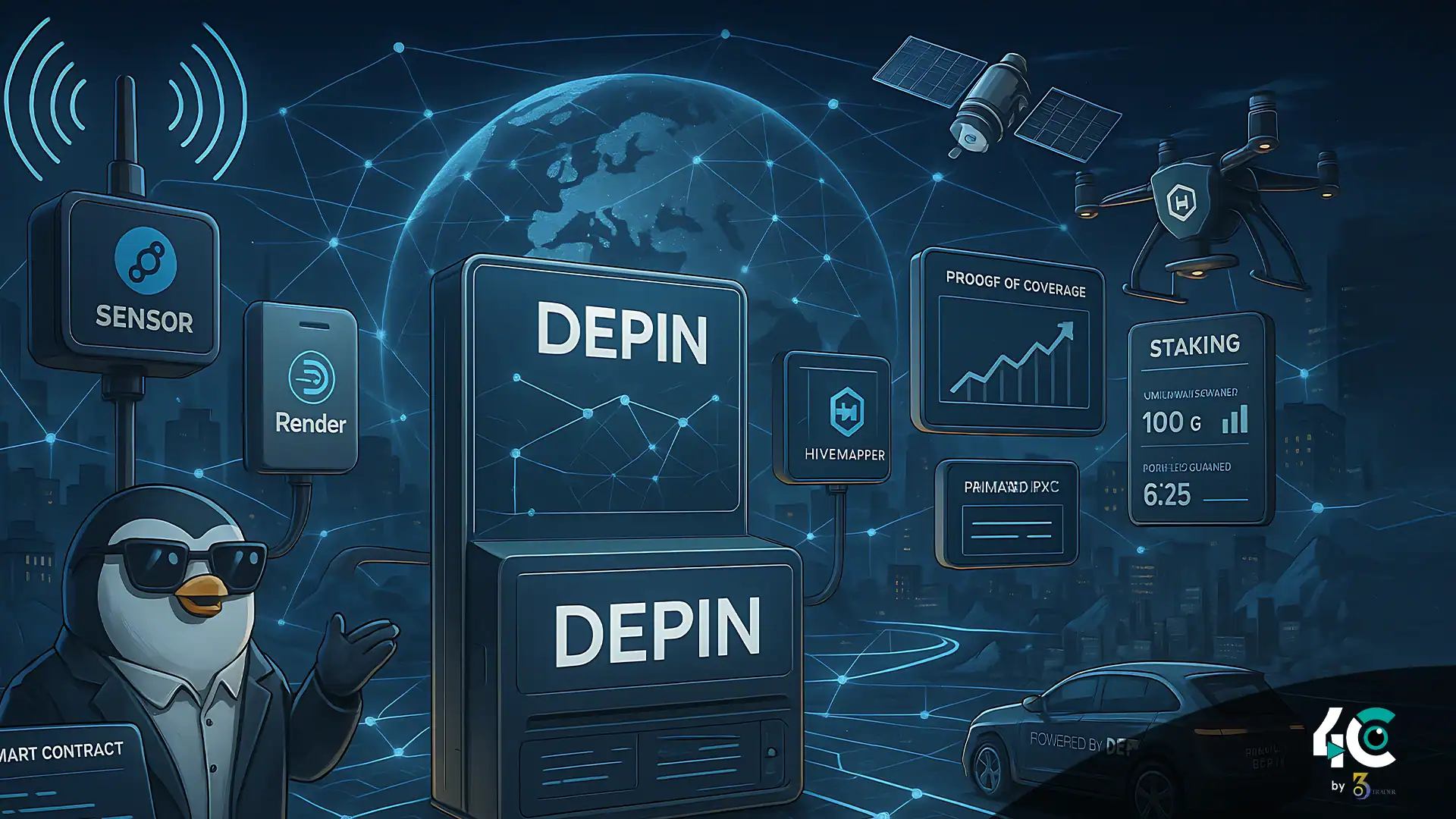A quiet revolution is unfolding in the blockchain world—beyond the noise of DeFi tokens and memecoins, a new concept is emerging: DePIN, or Decentralized Physical Infrastructure Networks.
Unlike traditional blockchain trends focused on finance or speculation, DePINs aim to decentralize real-world infrastructure—WiFi networks, storage, compute power, and sensors—by rewarding individuals who contribute hardware or services with crypto tokens. The result? A new kind of economy, built from the ground up by everyday users.
What is DePIN?
DePIN stands for decentralized physical infrastructure networks. It incentivizes people and small groups to provide essential physical infrastructure—like internet hotspots, data storage, GPU compute, and even weather sensors—through token-based rewards. Instead of tech giants owning the networks, users operate the infrastructure, and the blockchain ensures trust and coordination.
This model flips the script: no centralized Uber, Amazon, or Google; instead, power is distributed across a web of contributors running user-powered nodes.
Projects Leading the Charge
Helium (HNT): A decentralized wireless network offering IoT and 5G coverage through user-installed hotspots. These devices earn tokens by providing internet access locally.
Render (RNDR): A network that turns idle GPU power into rentable compute for 3D rendering. It’s already completed millions of rendering jobs globally.
io.net: An AI-focused GPU marketplace that connects developers with affordable, distributed compute resources—ideal for machine learning workloads.
Akash: A decentralized cloud hosting service that lets users rent spare server capacity, challenging centralized providers like AWS with cost-effective, censorship-resistant alternatives.
WeatherXM and DIMO: Physical sensor networks collecting real-world data—from hyper-local weather conditions to vehicle diagnostics—rewarding users with tokens for participation.
Real Revenue, Not Just Hype
Unlike earlier crypto trends driven by hype or inflationary tokenomics, DePIN projects are building circular economies. Revenue is generated through actual demand:
- Helium’s hotspots generate income from mobile data users.
- Render charges developers RNDR tokens for compute jobs.
- Akash earns AKT tokens for decentralized hosting services.
This marks a key shift: DePINs are not speculative—they generate real, sustainable revenue tied to real-world utility.
Momentum is Building
While DePIN adoption is still in early stages, growth is accelerating:
- Helium has over 1 million active hotspots worldwide.
- Render processed 16 million render tasks in 2024.
- Akash is onboarding dozens of decentralized apps (dApps), offering cloud services at over 85% lower cost than AWS.
With the rapid rise of AI, IoT, and edge computing, demand for distributed infrastructure has never been higher—and DePIN is perfectly positioned to meet it.
Conclusion:
DePIN represents a powerful shift in how we build and own infrastructure. It’s not just a trend—it’s a new economic model, fueled by crypto, driven by communities, and grounded in physical utility. With growing adoption, strong use cases, and real revenue streams, DePIN might just be blockchain’s most promising path to mainstream relevance. As the world moves toward decentralization, the future of infrastructure may no longer belong to tech giants—but to the people.





